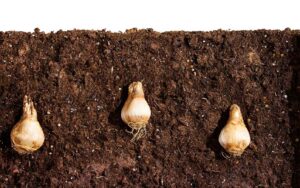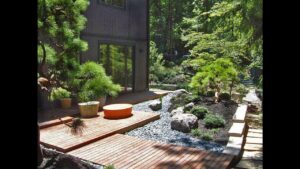When to Plant Hydrangeas: Complete Guide for US Gardeners
Hydrangeas are among America’s most beloved flowering shrubs, capturing hearts with their stunning blooms in shades of blue, pink, white, and purple. As a gardener, knowing the optimal time to plant these beauties can make all the difference in their growth and flowering success. This comprehensive guide will walk you through everything you need to know about when to plant hydrangeas in different US regions, ensuring these magnificent shrubs thrive in your garden.
Understanding Hydrangea Planting Seasons
Timing is crucial when planting hydrangeas. While these versatile shrubs can technically be planted any time the ground isn’t frozen, there are definite optimal windows that give your plants the best chance of establishing strong root systems and producing abundant blooms.
Spring Planting (March-May)
Spring remains one of the most popular and successful times to plant hydrangeas across most of the United States. As temperatures begin to warm after the final frost, hydrangeas have the perfect opportunity to establish themselves before the heat of summer arrives.
When you plant in spring, aim for these conditions:
- Soil temperatures consistently above 50°F (10°C)
- All danger of hard frost has passed
- Soil is workable and not waterlogged
- At least 6 weeks before intense summer heat arrives
Spring planting gives your hydrangeas time to develop strong root systems before having to contend with summer’s heat stress. According to the USDA Natural Resources Conservation Service, establishing good root growth before extreme weather conditions is essential for perennial plant success (USDA-NRCS Plant Materials Program).
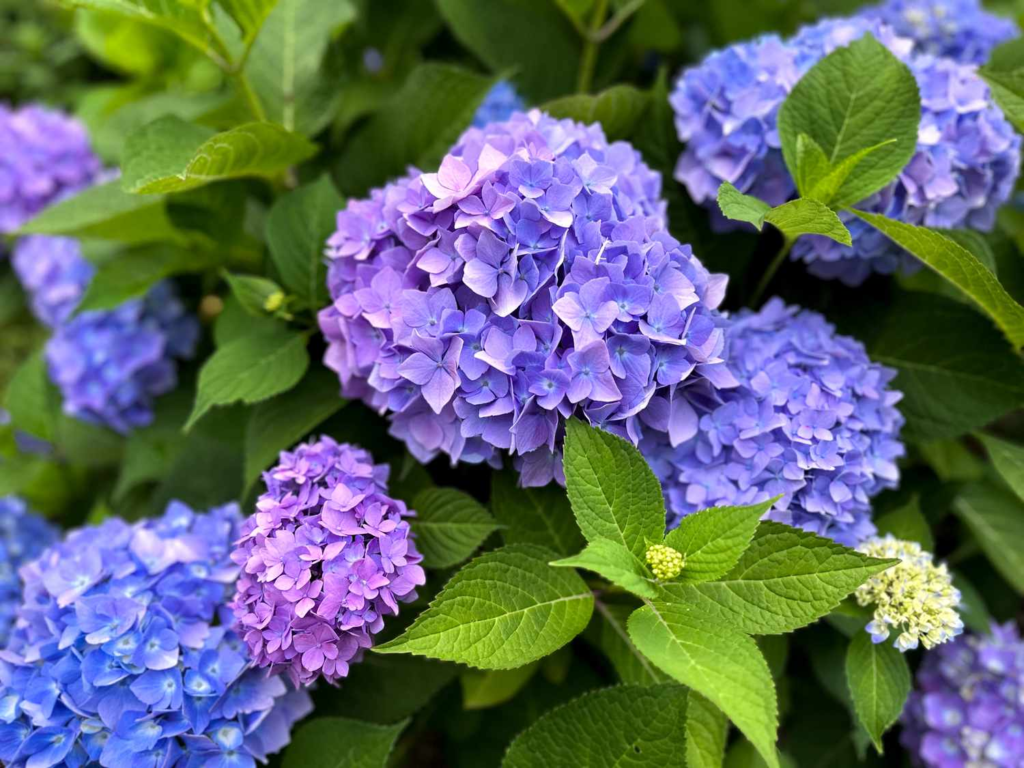
Fall Planting (September-November)
Fall planting has gained popularity among experienced gardeners, and for good reason. In many regions, especially the South and parts of the Midwest, fall offers ideal conditions for hydrangea establishment.
Benefits of fall planting include:
- Cooler air temperatures but still-warm soil
- Natural rainfall often more reliable than summer
- Less stress from heat and drought
- Extra months for root development before summer flowering season
- Reduced need for intensive watering compared to summer plantings
Plant your hydrangeas at least 6 weeks before your region’s first average frost date to give roots time to establish before the ground freezes. This timeline varies significantly from USDA Zone 3 (northern states) to Zone 9 (southern coastal regions).
Summer and Winter Planting Considerations
While spring and fall are ideal, sometimes your gardening schedule or plant availability might necessitate planting during summer or winter.
Summer Planting (June-August): Summer planting is possible but requires extra care. If you must plant during hot months:
- Choose cooler, overcast days
- Water deeply and frequently
- Provide afternoon shade for the first season
- Apply 2-3 inches of mulch to conserve moisture
- Consider using anti-transpirant sprays to reduce water loss
Winter Planting (December-February): Winter planting is generally not recommended in regions with freezing temperatures. However, in milder climates (USDA Zones 8-9), winter planting can be successful as long as:
- Ground isn’t frozen
- You provide protection from unexpected cold snaps
- Plants are well-mulched
- You choose days when temperatures are moderate
Regional Planting Guides for Hydrangeas
Different regions of the United States have unique climate considerations that affect optimal hydrangea planting times. Here’s a breakdown by major regions:
Northeast and Upper Midwest (Zones 3-5)
These regions experience cold winters and relatively short growing seasons.
- Best planting time: Early to mid-spring (April to May)
- Second-best option: Early fall (September)
- Avoid: Late fall plantings as they won’t have enough time to establish before winter
Mid-Atlantic and Lower Midwest (Zones 6-7)
With moderately cold winters and longer growing seasons, these regions offer more flexibility.
- Best planting time: Mid-spring (April) or early fall (September to early October)
- Added benefit: Fall-planted hydrangeas in these zones often perform better in the following year compared to spring-planted ones
Southeast and South (Zones 7-9)
Hot, humid summers make fall planting particularly advantageous in these regions.
- Best planting time: Mid-fall (October to November)
- Good alternative: Early spring (March)
- Avoid: Summer planting due to establishment challenges in intense heat
West Coast (Varied Zones)
The West Coast’s diverse climate zones create varied planting windows.
- Cool coastal areas (Zones 8-9): Fall planting (September to November) works exceptionally well
- Inland valleys (Zones 9-10): Early spring (February to March) or late fall (November)
- Pacific Northwest (Zones 7-8): Early spring through early fall planting all work well due to moderate temperatures
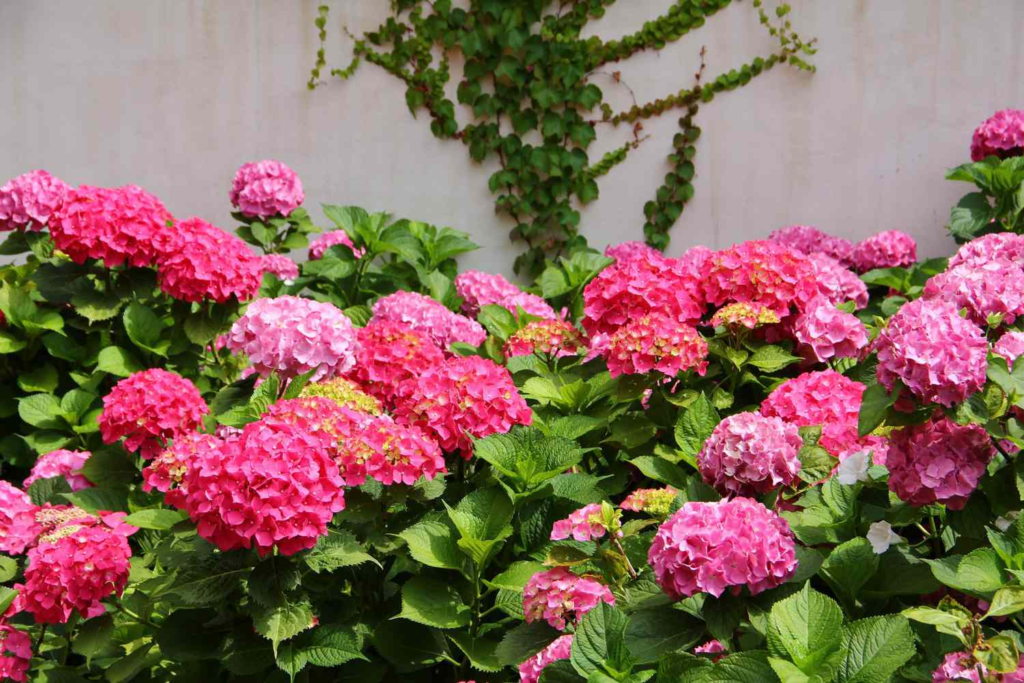
Optimal Planting Times by Hydrangea Type
Different hydrangea species have slightly different preferences for planting times:
| Hydrangea Type | Best Planting Season | Recommended Months | Cold Hardiness Zones | Special Considerations |
|---|---|---|---|---|
| Bigleaf (H. macrophylla) | Spring | March-May | 5-9 | Plant after last frost; needs time to establish before flowering |
| Oakleaf (H. quercifolia) | Fall | September-October | 5-9 | Fall planting leads to stronger first-year growth |
| Panicle (H. paniculata) | Spring or Fall | April-May or September-October | 3-8 | Most adaptable; can be planted in either season with good results |
| Smooth (H. arborescens) | Spring | April-May | 3-9 | Benefits from spring planting in most regions |
| Mountain (H. serrata) | Spring | April-May | 6-9 | Similar to bigleaf; plant after frost danger passes |
| Climbing (H. anomala) | Fall | September-October | 4-8 | Fall planting allows better root establishment |
How to Tell When Your Soil is Ready for Planting
Regardless of calendar dates, your specific garden conditions should ultimately guide your planting time. Here are practical ways to determine if your soil is ready for hydrangea planting:
Soil Temperature Test
Hydrangeas prefer soil temperatures above 50°F (10°C) for active root growth. You can:
- Use a soil thermometer inserted 4-6 inches deep
- Take readings in the morning for several consecutive days
- Proceed with planting when temperatures remain consistently above 50°F
The Squeeze Test
A simple way to check if your soil is workable:
- Take a handful of soil from your intended planting area
- Squeeze it in your palm
- Optimal planting soil should:
- Form a loose ball when squeezed
- Crumble easily when you open your hand
- Not be muddy or stick to your fingers excessively
- Not be so dry that it won’t form any ball at all
Weed Growth Indicator
Nature provides its own signals:
- When perennial weeds and early spring flowers begin active growth
- When deciduous trees start showing leaf buds
- These indicate soil temperatures have warmed sufficiently for root activity
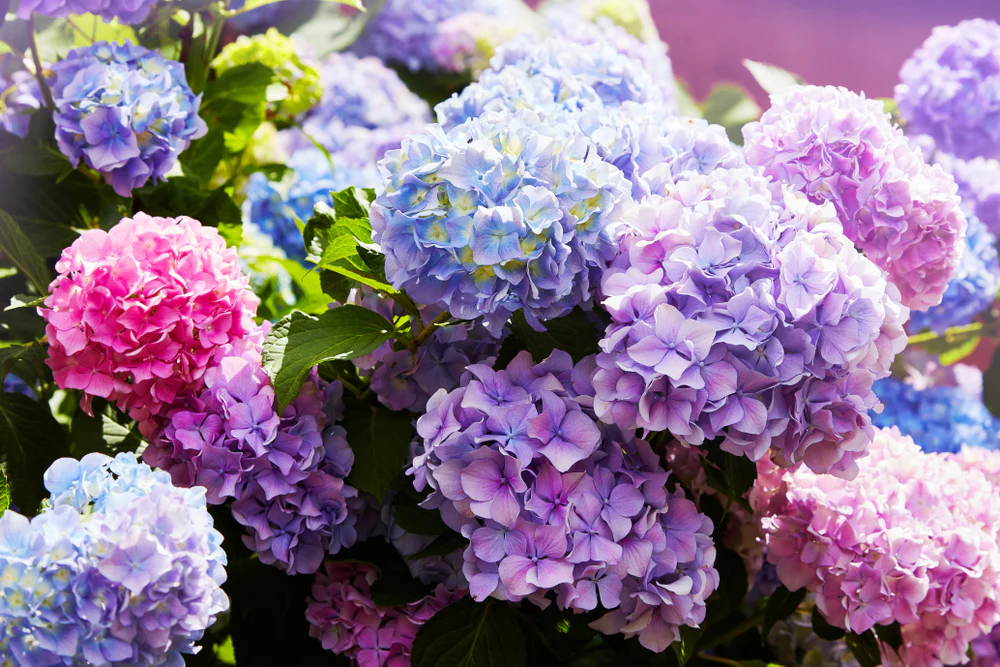
Preparing Hydrangeas for Planting Success
Once you’ve determined the right time to plant, proper preparation will maximize your hydrangeas’ chances of thriving:
Two Weeks Before Planting
- Select your location considering:
- Morning sun with afternoon shade (in most regions)
- Protection from harsh winds
- Well-draining soil
- Adequate space for mature size (usually 3-5 feet spacing)
- Test and amend your soil:
- Conduct a soil test (kits available from your local extension office)
- Aim for slightly acidic soil (pH 5.5-6.5) for most varieties
- Add organic matter like compost or aged manure
- Consider adjusting soil pH if needed for specific color results (aluminum sulfate for blue flowers, lime for pink)
Day of Planting
- Hydrate plants thoroughly before removing from containers
- Dig holes twice as wide as the root ball but only as deep
- Loosen roots if potbound
- Place plant with top of root ball level with surrounding soil
- Backfill with native soil mixed with compost
- Water deeply to eliminate air pockets
- Apply 2-3 inches of mulch keeping it away from stems
Post-Planting Care Timeline
First Two Weeks
- Water deeply every 2-3 days unless rainfall is significant
- Monitor for signs of transplant shock
- Provide temporary shade if weather suddenly turns hot
First Growing Season
- Continue regular deep watering, especially during dry spells
- Hold off on fertilizing until plants show active growth
- Remove spent flowers to encourage continued blooming
- Protect from unexpected late frosts (spring plantings) or early freezes (fall plantings)
Common Mistakes to Avoid When Planting Hydrangeas
Even with perfect timing, these common mistakes can hinder your hydrangea success:
- Planting too deep – Keep the crown at soil level
- Inadequate watering during establishment
- Choosing the wrong location for your specific hydrangea type
- Ignoring soil pH which affects nutrient availability and flower color
- Forgetting about microclimates in your yard that could affect planting times
- Skipping soil preparation before planting
- Not considering mature size when spacing plants
Conclusion: Your Hydrangea Planting Calendar
Ultimately, successful hydrangea planting depends on understanding your specific regional conditions and providing the right care during establishment. By following the seasonal guidelines outlined in this article and paying attention to your local weather patterns, you’ll give your hydrangeas the best possible start.
Remember that containerized hydrangeas from nurseries offer flexibility in planting times compared to bare-root plants. With proper care, hydrangeas planted at the optimal time will reward you with years of magnificent blooms, transforming your landscape with their unmatched beauty.
For more specific information about gardening in your particular region, the USDA provides excellent resources through their Cooperative Extension System. You can find your local extension office through the National Institute of Food and Agriculture website.


